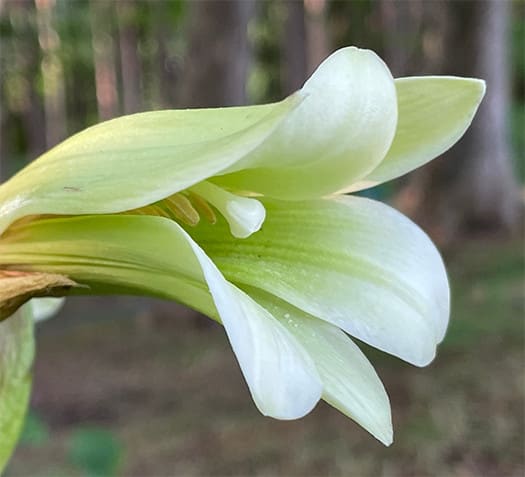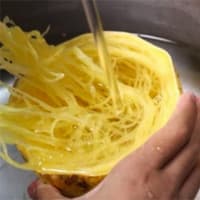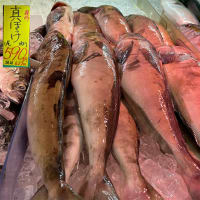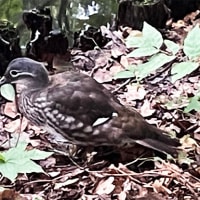
しばらく円山公園近くの散歩道には行っていませんでしたが、ふと、夏になると観察し続けているオオウバユリのことが気になって、久しぶりに円山公園周辺へ。
そうしたら気になっていたとおり、この夏のオオウバユリの花の最盛期からやや時期が過ぎてきていた。しかし花の中には、まだ峻烈な輝きを見せてくれているものもあって、上の写真はそのなかの一輪であります。この花も茎に近い部分ではやや褐色が目立ってきて、いわば最後の「叫び声」に近い。わたしに詩心があれば、短歌でもひねり出せそうな様子なのですが、子規は遠くから尊崇しているばかりで、わたしにはそういうセンスは薄い。
ただし、写真でとっさにその対象物と対話するようなことは、それは数寄であります。コトバではなく、ビジュアルでの「刈り取り」にはある種の熱がある。
いのちの輝きということではオオウバユリはこの後、その土中の部分にアイヌの人たちのソウルフード成分を作り出していくのであり、たぶんもっとも重要なプロセスに突入していく。人間たちとの対話はこの花芽が担っているのだけれど、本来のかれらのいのちは、むしろ土中での活動が最重要ということでしょう。いろいろ教えられる。

一昨日、ハトが農園レストランの庭先で、なかなかシャッターチャンスに応えてくれなかった後ろ姿の様子を撮影していましたが、昨日は、オシドリたちが営巣している水辺に久しぶりに訪ねていったら、すぐに近づいてくる個体がいた。
まったく警戒心を持たずにわたしの足下に向かって近寄ってくる。たぶんこういった野生のイキモノに給餌するひとたちがそれだけ多いということなのでしょう。わたしがこういう自然のイキモノの様子を書くと、無分別な給餌行為について戒めを発してくれる読者の方がいらっしゃいますが、わたしも同意するところ。
たぶん人間とかれら野生のいのちとの間には、ある距離感はあるべきだと思います。しかし、給餌することで野生のイキモノたちは「もらえるものは気にせずに食べる」という反応が常態化し、その反応が「面白い」と思ってつい繰り返して、習慣化する人間もいるのでしょう。
しかし、野生のイキモノの世界を本当に考えれば、それはやはり罪深いことだと思える。人間と野生のイキモノの間には、守るべき結界領域がある。給餌には、それを破壊してしまう罪業が隠されているのだと思います。
この写真に写ってくれた個体そのものはきわめて習慣的に行動したのでしょうが、見ているとそういう行動に与しない個体もまた多い。
そういったオシドリ社会の様子からも、教えられることは多い。
English version⬇
[This summer, to the dispersal of the daylily.
I am allowed to observe a moment of the drama of reincarnation. From the drama that makes us recognize the sense of beauty, they are reincarnating toward their original “inheritance of the species”. ...
I had not been to the walking trail near Maruyama Park for a while, but I suddenly became curious about the day lilies that I keep observing in the summer, and went to the Maruyama Park area for the first time in a while.
Then, as I had been wondering, the time had passed somewhat from the peak season of the flower buds of the day for the daylilies this summer. However, some of the flower buds are still showing us their intense brilliance, and the photo above shows one of them. These flower buds are also becoming a little brownish near the stem, and are close to their last “shout,” so to speak. If I had a poetic mind, I could have written a tanka poem about it, but I only admired Shiki from afar, and I do not have such a sense.
However, if you are in the mood to interact with an object in a photograph, it is a sukiyomi. There is heat in “reaping” visually, not Kotoba.
In terms of the brightness of life, the Ouba lily will later create the soul food component of the Ainu people in its subsoil, perhaps entering into the most important process of all. Although the flower buds are in charge of interacting with humans, the most important part of their life is probably their activities in the soil. We can learn a lot from them.
The day before yesterday, I had photographed the back view of pigeons in the garden of a farm restaurant that did not readily respond to my shutterbugs, and yesterday, when I visited the waterside where mandarin ducks were nesting for the first time in a long time, I saw one of them approach me immediately.
It approached my feet without any caution at all. Perhaps it is because there are so many people feeding these wild creatures. When I write about these wild creatures, some readers warn me about indiscriminate feeding, and I agree with them.
Perhaps there should be a certain distance between humans and these wild creatures. However, by feeding, the wild creatures will always respond by “eating what they can get without worrying about it,” and some people may find this response “interesting” and repeat it, and it may become a habit.
However, if we really think about the world of the wild ikimono, it still seems sinful. There is a boundary area between humans and wild ikimono that must be protected. I believe that feeding hides a sinful deed that destroys it.
The individual in this photo may have acted out of habit, but there are many other individuals who do not engage in such behavior.
There are many lessons to be learned from this kind of mandarin duck society.



















